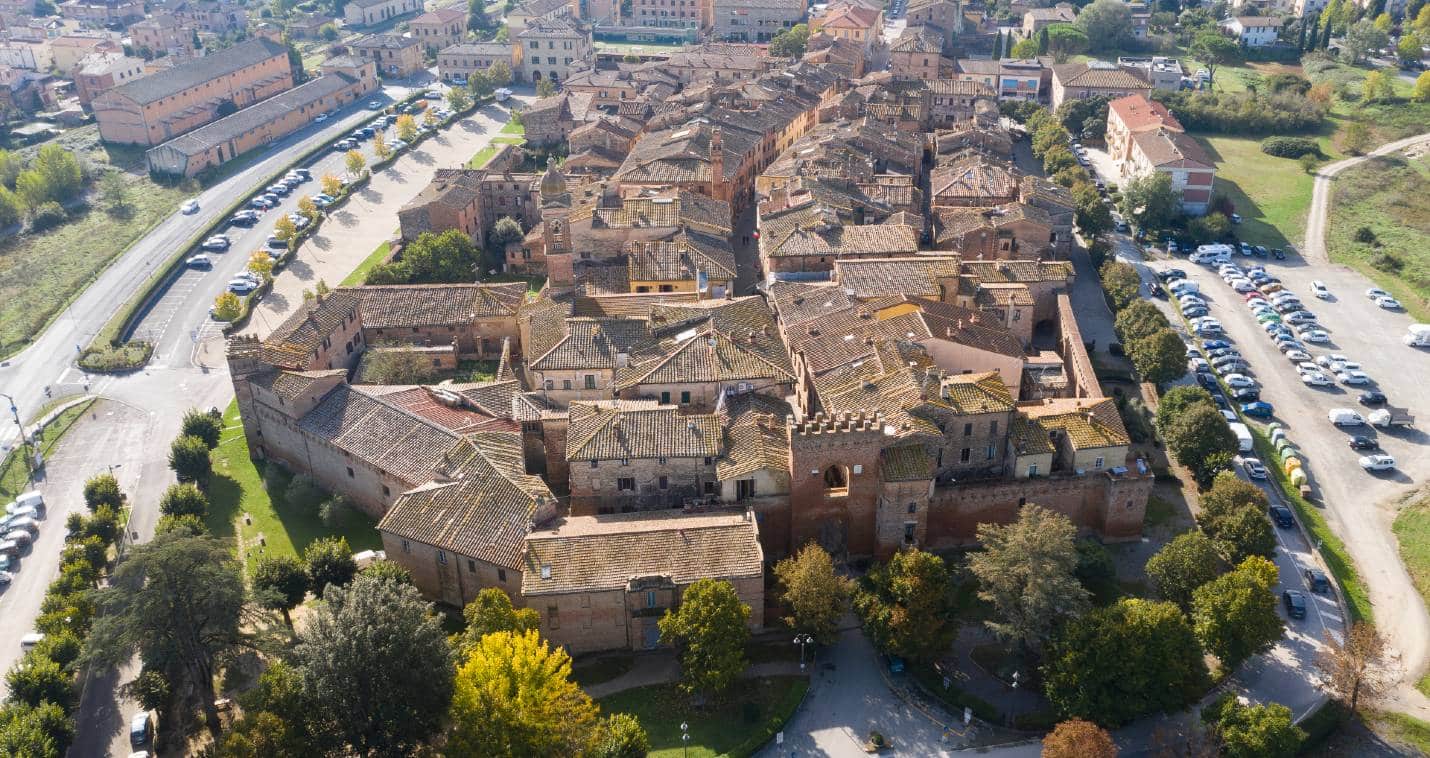The toponym Bibbiano owes its name, for lead, by the term “bibbio” (lat. bibianum), other name of the widgeon, an aquatic bird that proliferava in these areas. The settlement dates back to the 850 and was the property of the imperial linked at the time of Ludovico II, Guinigi of Reghinari, Longobard Conte: his family (said Guinigi or Winigi) you found one coat of arms in the oratory of the fortress of the tower, built in the IX century. Of medieval aspect and Guelph merlons, is surrounded on three sides by a moat with masonry bridge (originally present a drawbridge) and partial walkway to the Ronda. The walkway remains only on the north side, while in the west corner there is a sentry box in bricks, crenellated rounded and on the inner side, that had to be the guard of the sentinels of the guard. Sides south-west and south-east are lower and worse preserved: remain traces of other cabins lost in the brackets corner survivors. Inside there is a courtyard with a ring, with in the center the donjon, connected to the walls by a passage to the arc that bypasses the internal clearing. On the arc a walkway rectum by brackets leads to one of the two original turrets corner, with battlements redone in style, which surmounts the entrance portal to the north-east. The footings murals are slightly scarpati and the donjon has a frame of hanging arches resting on corbels at the height of the first floor, which govern the slight overhang of the upper floor. At another turret, equipped with lowered arch in bricks at the base and piombatoio, is located the inner portal of the formwork, located in axis with the access to external walls and elegantly framed by drafts in the tufaceous sandstone. The second piombatoio, that dominates it, is a remake recently. Inside, the Annunciation, last work of Pietro Lorenzetti, and the Madonna in the chapel of the castle, operates by Baldassarre Peruzzi.



